Slow and steady wins most races, but mustard greens do well with the opposite approach.
They grow quickly, and this helps them avoid many of the pests and diseases that afflict other garden vegetables.

We link to vendors to help you find relevant products. If you buy from one of our links, we may earn a commission.
There are dozens of varieties of mustard, classified botanically as Brassica juncea, B. rapa var. japonica, B. rapa var. narinosa, and Sinapis alba.
The baby leaves can be harvested between 20 and 25 days for most varieties, and even the full-size leafy greens are ready to pick about 40 to 45 days from sowing.
While a few, like the broadleaf ‘Red Giant,’ can take 56 days to mature, others, including tatsoi and mizuna, are ready in six weeks or less.
Since they only grow in the cool-weather garden for a brief while, these spicy greens don’t have as long to potentially succumb to various ailments that may afflict other annual garden vegetables.
Even with that advantage, though, mustard greens do attract a few pests, some of which may spread plant diseases. Certain types of fungi and bacteria can cause diseases that may damage or even destroy your harvest.
You can avoid most of the trouble with preventive measures, from properly spacing the plants to buying healthy seeds and cleaning up debris at the end of the growing season. I’ll give you some pointers on that to kick off this guide.
But if it’s already too late for prevention, there are ways to cope with common pests and diseases that afflict homegrown mustard greens. I’ll address those, and I’ll also let you know when it’s best to remove the damaged plants and start over somewhere else.
Ready to protect this fast-growing leafy green from its foes? Read on. Here’s what I’ll cover:
What You’ll Learn
Top Ways to Prevent Mustard Pests and Diseases
It’s only natural to think, “Easy-care variety!” and assume that your mustard won’t need any tending at all.
But when you want to avoid common pests and diseases, you’ll be wise to take these preventive measures:
Buy Disease-Free Seed
It may sound incredible, but certain pathogens survive in seeds from infected plants and re-emerge at germination.
To avoid introducing these pathogens into your garden, make sure to acquire seeds only from a reputable company or from friends who remove diseased plants from the garden.
Make sure any seeds you save yourself or borrow from fellow seed savers came from healthy plants.
Rotate Crops
Many brassica diseases are spread by insects that overwinter in the soil. In addition, disease-causing fungi, bacteria, and other pathogens can survive in the soil and live on after affected plants are gone.
To assure the healthiest mustard, choose a new spot to grow it each season, one where you haven’t grown brassicas for the past year or two.
Don’t Plant Brassicas Next to Each Other
Fellow brassicas, like kale, broccoli, and bok choy, all tend to draw similar pests and incur the same diseases as mustard greens.
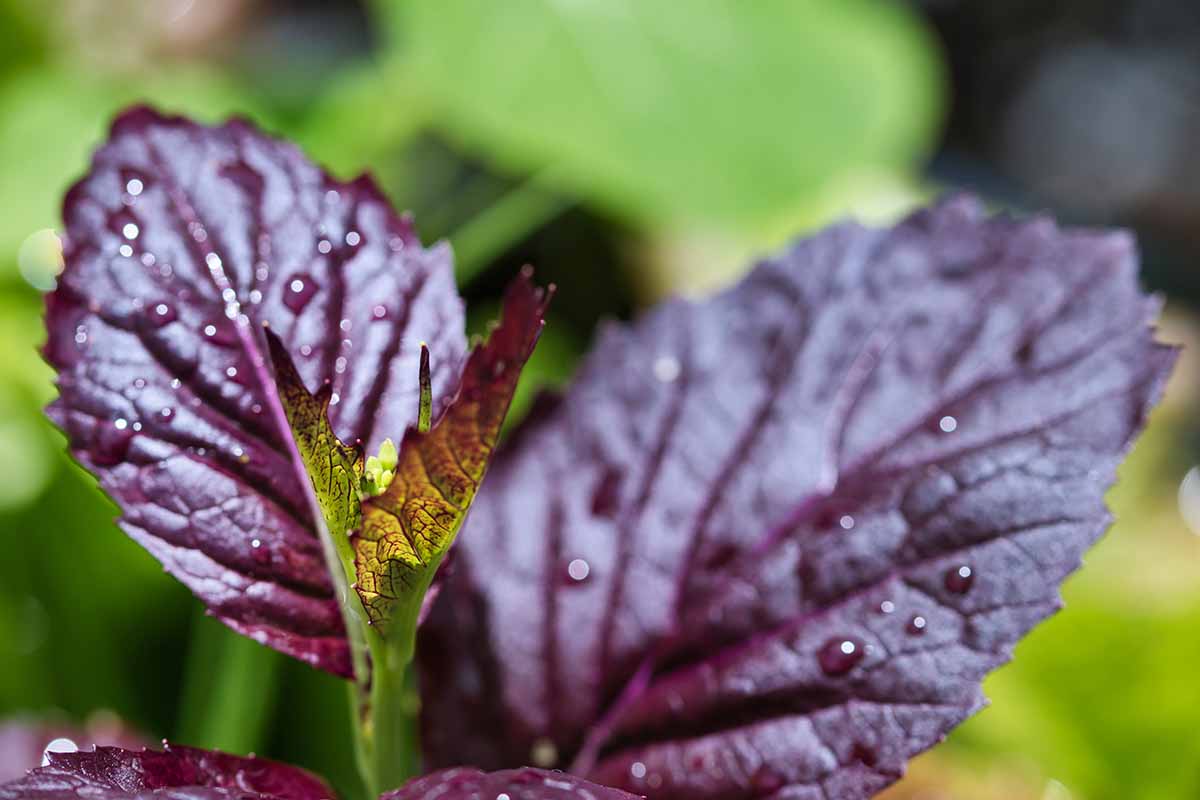
Reduce the risk of infestation by planting mizuna, broadleaf, tatsoi, or other varieties in an isolated spot, not next to other brassicas that could expose them to pests.
Keep Soil Moist, Not Soggy
Like all homegrown leafy greens, mustard needs well-draining soil with plenty of nutrition. This helps them grow quickly and produces the healthiest, tastiest greens, but it also deters disease.
Some pathogens that damage brassicas can gain a foothold in compacted or poorly draining soil, like the fungus that causes damping off.
Also take care not to water these veggies from above, since water that splashes or pools on the leaves can encourage or spread numerous diseases, including bacterial leaf spot.
Weed Well
Whether they’re sharing the soil surface or growing nearby, weeds can harbor insect pests as well as viruses and bacteria that may spread to your leafy green plants.
Remove Diseased Plants
It’s sad when your crop falls prey to bugs or pathogens, but don’t take too much time to mourn. Instead, leap into action to treat or get rid of the damaged plants as soon as you notice a problem.
That helps to prevent the pests or pathogens from spreading to other mustard greens or other parts of the garden, and also deprives them of the chance to bcome established in the soil and affect subsequent plantings.
And if insect pests have caused the destruction, remember – some of them are also able to live and reproduce in plant debris.
Common Pests
Mustard greens attract many of the same pests as cauliflower, broccoli, and the like.
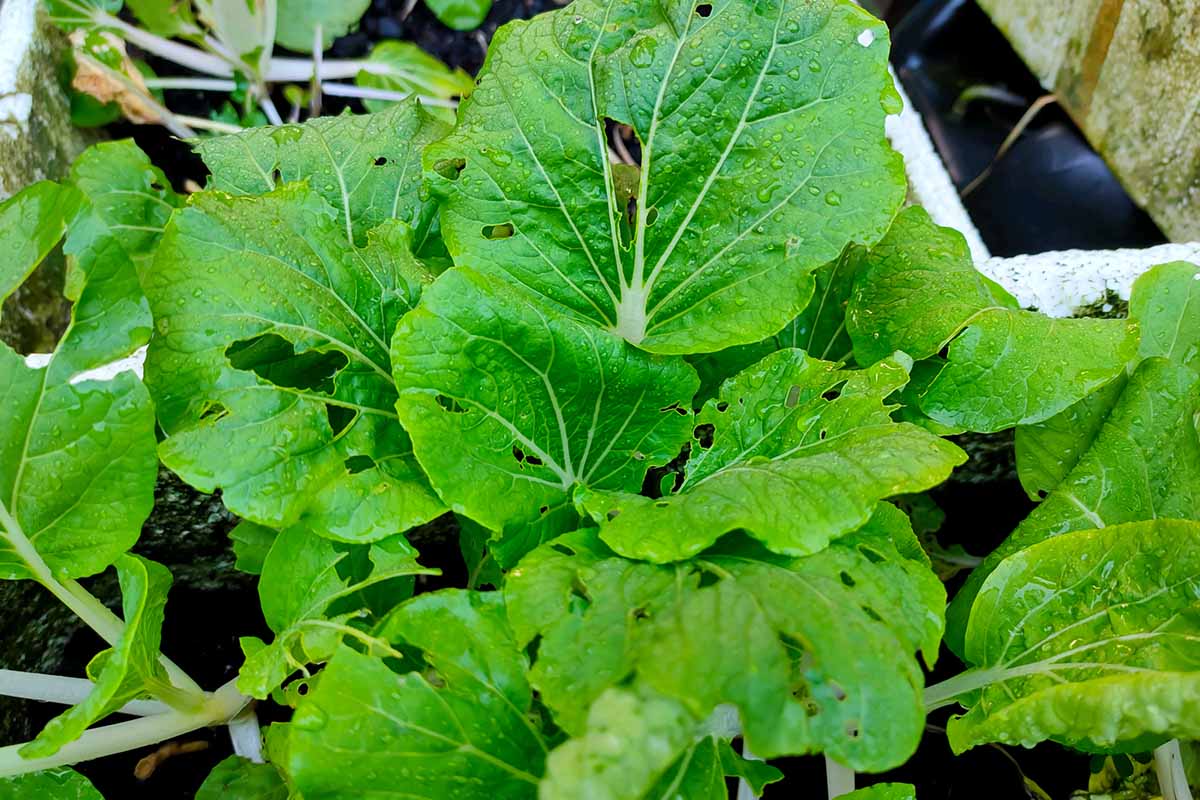
These leafy brassicas grow more quickly than most other cole crops so a lot of times a bug that would attack cabbage or another cruciferous, cool-weather vegetable won’t emerge in time to do significant damage to a mustard green crop.
Here are the main insect and gastropod pests that can damage or destroy these leafy greens, and possibly spread diseases that can negatively impact your harvest:
1. Aphids
Aphids do substantial damage in large numbers. These little green insects suck sap from mustard greens and other garden vegetables, and can also spread diseases.
They can reproduce quickly, so if you’re not paying attention what starts out as a few little bugs can become mustards covered with the tiny-but-vicious bugs on the undersides of their leaves.

A heavy infestation of aphids will stunt growth and cause the leaves to wilt and shrivel.
If you spot their icky selves before they’ve reproduced in vast numbers, a strong spray of water from the hose or wiping them off with a damp cotton swab will usually take care of the problem.
More significant numbers may require treatments of neem oil or insecticidal soap.
Remember, though, since you eat the leaves of this particular vegetable, you’ll want to use only food-safe products.
If the leaves are already looking gnarled and have umpteen green dots crawling on the flip side, you may want to sacrifice this planting and start another next growing season or next year.
Read our guide for more tips on identifying aphids and coping with an infestation.
2. Cabbage Loopers
Forget the nostalgic ditty about the “inchworm, inchworm, measuring the marigolds…”
These larvae that become one-and-a-half- to two-inch caterpillars can chew your mustard to pieces, literally.
Cabbage loopers, Trichoplusia ni, eat big holes in mustard, particularly the broadleaf varieties like ‘Red Giant.’
You can prevent infestations by encouraging natural predators such as ladybugs, which eat looper eggs and larvae.
If you’ve already seen them on your plants, you may need to resort to Bacillus thuringiensis or pyrethrins to reclaim your crop.
To learn more ways to detect, prevent, and eliminate cabbage loopers, read our guide.
3. Flea Beetles
These wee bugs gnaw small holes in leaves.
They’re jumpy, so they’ll probably flee before you set eyes on them. But you’ll know they’ve been around if the leaves look like they’ve been pricked with pins repeatedly.
A few of these unwelcome visitors aren’t that bad, and they don’t damage the foliage too much.
My strategy is to go ahead and harvest before they get a stronghold, which is always an option since all mustard varieties are edible starting when they’re a few weeks old.
Of course, you won’t be able to harvest as much as you might otherwise, but you won’t spend a lot of time battling the flea beetles, either.
If you’re determined to pick only full-size leaves, you may have to employ a food-safe insecticide to keep a heavy infestation of flea beetles under control.
Otherwise, they’ll multiply to the point where the damage they cause becomes unsightly and may eventually stunt the mustard’s growth.
Our guide has more ways to cope with flea beetles in the garden.
4. Slugs and Snails
Even easy-to-grow leafy greens like mustard are not entirely safe from slimy visitors that may inspire an exclamation of “Eek!” or “Gross!” from the most intrepid gardeners.
These squishy, slimy gastropods, with or without the protective shell, will nosh on leaves and tender stalks. They’ll leave some behind, but you may not want to eat those greens once a slug or snail has served itself.
The simplest line of defense is to eliminate the habitat these gastropods favor. Then try handpicking the culprits or disrupting and displacing them, or employing food- and pet-safe slug baits.
You can also consider barring the slugs from your plants by spreading diatomaceous earth around the plants you’d like to protect.
Biological controls and predators can also take care of gastropod pests. Read more about how to manage slugs and snails in our guide.
5. Whiteflies
Tiny and all-white, these flies leave a tacky substance known as honeydew on the undersides of the leaves that attracts a fungal infection known as sooty mold.
The upshot is that the leafy greens stop growing because the sooty mold prohibits photosynthesizing.
If there isn’t much damage yet, you can probably eradicate whiteflies with a modest application of insecticidal soap.
For more information, read our guide to whitefly prevention and treatment.
Diseases to Watch For
For the most part, you can avoid mustard green diseases with the same preventive measures outlined above.
But there are still diseases that can harm your plants during their short lives. Be sure to look for signs of damage every few days, since the best remedy is to immediately remove ravaged leaves, stems, and plants.
Here are the primary diseases to be aware of:
1. Anthracnose
Anthracnose is caused by the fungus Colletotrichum higginsianum and will show up as small, pale, round lesions on the leaves of the mustard plant.
It can make the greens unsightly or damage them so severely that they die.
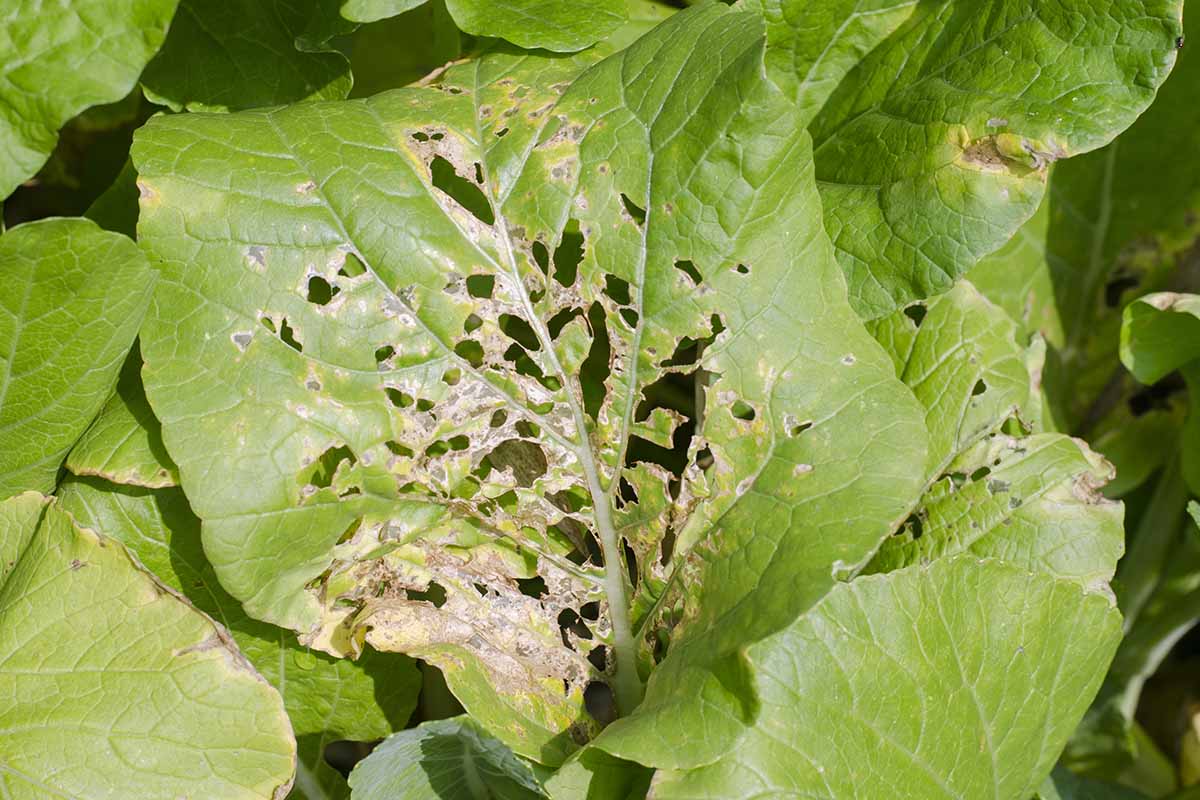
Anthracnose can be spread via infected seed, so be sure to buy your stock from a reputable source. The fungi can also arrive in your veggie plot via cruciferous weeds or linger in debris from infected plant material left in the garden.
To prevent this disease from taking hold, practice good sanitation, and time your mustard harvest to conclude before the warm weather sets in. Soggy, humid conditions and temperatures in the 79 to 86°F range encourage anthracnose.
You may be able to treat an infection with fungicide. But, as with all mustard ailments, it is usually more effective to uproot infected plants or clip the damaged leaves.
If the infection is widespread, it’s a good idea to destroy that crop of mustard and start over the next growing season or the following year.
2. Bacterial Leaf Spot
Bacterial leaf spot results from a Pseudomonas maculicola infection. It announces its presence with small, circular, light-colored lesions on the tops of the mustard leaves.
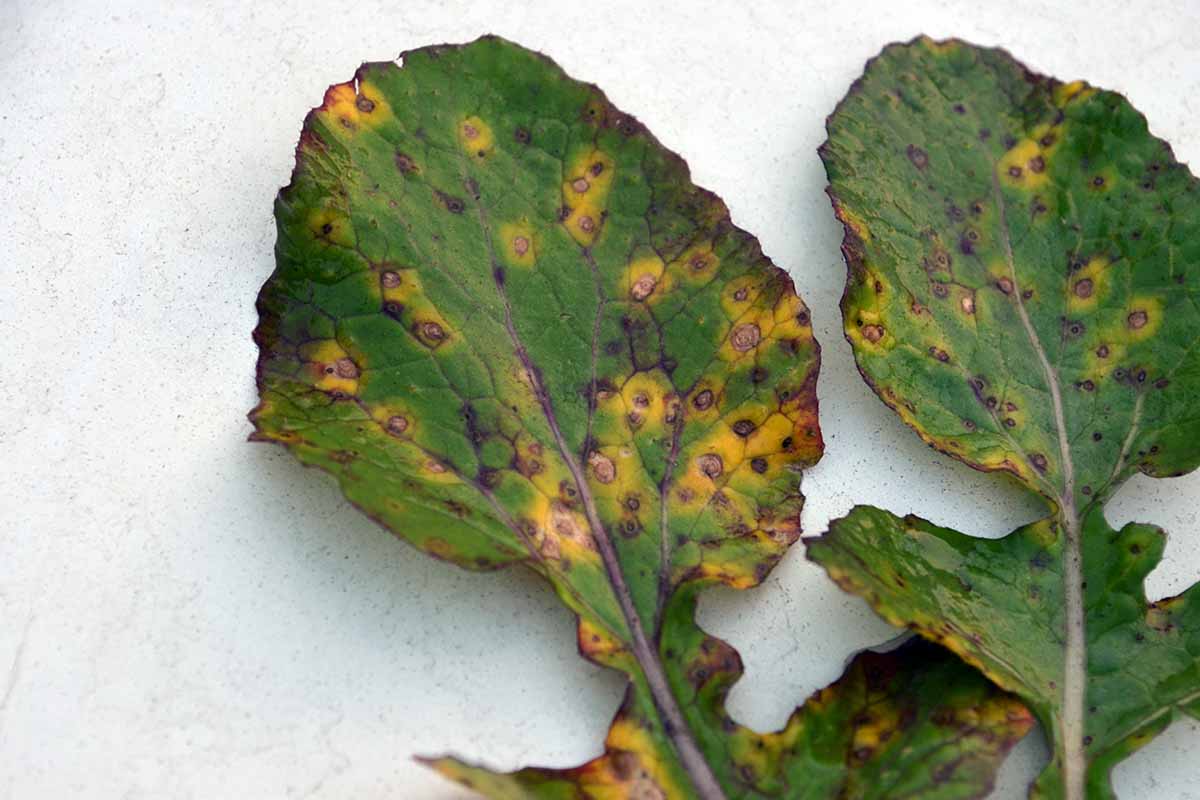
Unchecked, the spots will soon unite and form large swaths on the affected foliage, with the leaves’ undersides appearing to be water-soaked. The leaves become brittle and inedible, and the whole plant may die in advanced cases.
This is one of few diseases that are most common during the prime mustard green-growing season. The bacteria thrives in the cool temperatures of autumn and early spring.
Crop rotation, keeping your garden bed weeded, and sowing quality seeds can all help prevent bacterial leaf spot.
Infected plants should be pulled up and destroyed – don’t place them in your compost pile!
3. Black Rot
Caused by the Xanthomonas campestris pv. campestris bacteria, black rot manifests as dark blotches on the leaf edges.
Left unchecked, the oval lesions increase in size and turn black, eventually causing leaves to drop and laying waste to whole plants.
Plants are most susceptible during long periods of wet weather.
Happily, black rot tends to get going as the weather warms, so you can handily avoid it by planting the fastest-growing varieties and picking them at baby leaf size.
Tatsoi, for example, matures in 40 to 50 days, and the baby leaves are ready to pick at 20 to 25 days.
Black rot can also emerge from infected seeds, so be careful when saving or sharing your seed supply, and beware of purchasing from an unknown vendor. When infected seedlings die off, the bacteria can live on in the debris and infect other plants.
For more ways to prevent and detect black rot, consult our guide.
4. Damping Off
Damping off is fast-acting and deadly, attacking newly germinated seedlings and young plants at the roots.
The condition is caused by the water molds in the Pythium genus or fungi in the Rhizoctonia or Fusarium genera, which all live in the soil.
If your young greens are fine one day and a limp mass the next, damping off could be the culprit.
It can also launch a preemergent attack before the seeds sprout, so consider the possibility of damping off if your greens fail to germinate.
Bad drainage and crusted-over soil can both encourage damping off. Different pathogens that cause it may be active when the soil is cool or when it’s warm, so be wary of this development throughout the growing season.
Once your mustard green plants have a couple of sets of true leaves and are a couple of inches tall, they’ll be able to resist this type of infection.
Learn more about ways to prevent and treat damping off in our guide.
5. Downy Mildew
The same sort of persistent moisture that causes mildew in your basement can cause downy mildew in cruciferous vegetables like mustard greens.
If you live in an area where it’s always humid or are experiencing bouts of fog or heavy dew, be on the lookout for downy mildew, caused by the water mold Peronspora parasitica.
Afflicted leaves will develop fuzzy gray spots on their undersides, followed by light patches of yellow on the top surfaces.
Downy mildew is not pretty and it can also affect the taste and texture of your crop.
To keep your plants from becoming infected, be sure to space them with plenty of room for air to circulate. That way, the leaves will dry more quickly after a drizzling rain.
Also be sure to weed often, clear plant debris from the veggie garden post-harvest, and only plant mustard where you haven’t grown any brassicas in the previous two years.
Once you spot the telltale signs, you may have to resort to applying a fungicide or pulling up all the plants and starting over, depending on how far the downy mildew has progressed.
6. White Rust
White rust is caused by a water mold known as Albugo candida. It leaves light-colored pustules on the mustard plant’s leaves and stems.

Unlike the many brassica diseases that thrive in moist conditions, white rust can live through long periods of dry weather. It spreads via the wind.
Fungicide can clear up an infestation, but it’s simplest to avoid problems by rotating crops and planting only quality seeds that are not infected.
We Mustn’t Let Our Mustard Be Attacked
Ideally, you’ll be able to keep these spicy leafy greens from sustaining damage by employing prevention strategies throughout the growing season, and even before you sow.
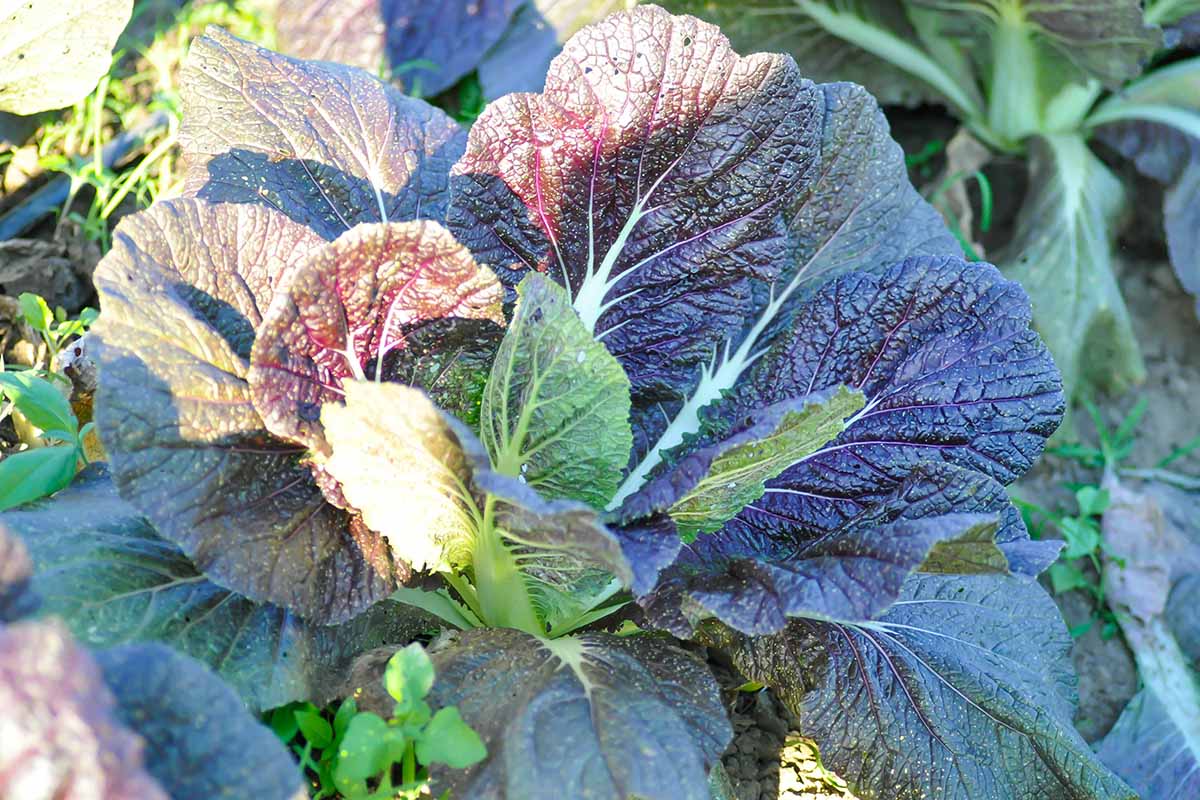
But we don’t really live in an ideal world, do we? So if you’ve had to trash your entire crop due to the ravages of an insect or pathogen, take heart.
It’s relatively simple to start a new batch of mustard greens.
When you’re already at the point where the weather is too warm for healthy brassicas, consider sowing a second crop in late summer for an autumn harvest. Or try growing mustard microgreens indoors.
That way, you can get your fix of spicy greens without fretting about the outdoor soil conditions or whether the flea beetles and their ilk are still lurking.
Before you know it, it will be spring again and you can start all over and use these prevention measures to assure a healthy crop.
Are you growing mustard greens and struggling with pests or disease on your crop? Let us know in the comments section below!
And for more information about growing mustard greens in your garden, have a read of these guides next:

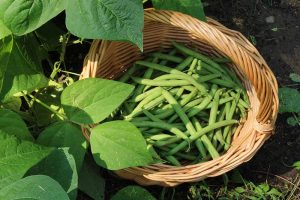
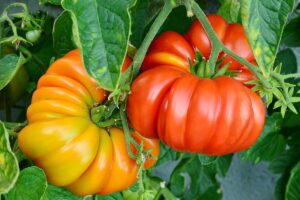
Thanks
You’re welcome! Thanks for reading!